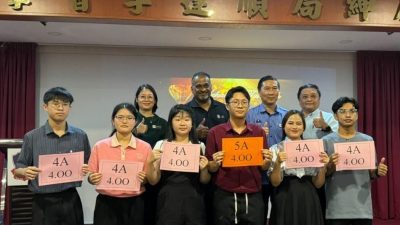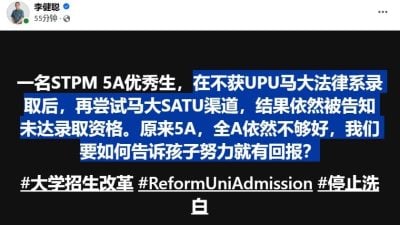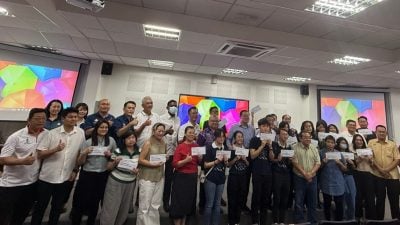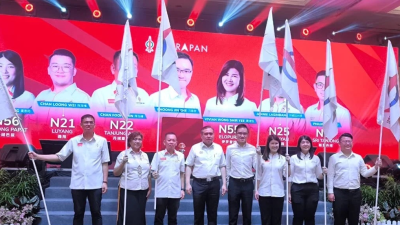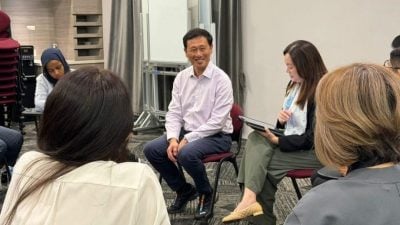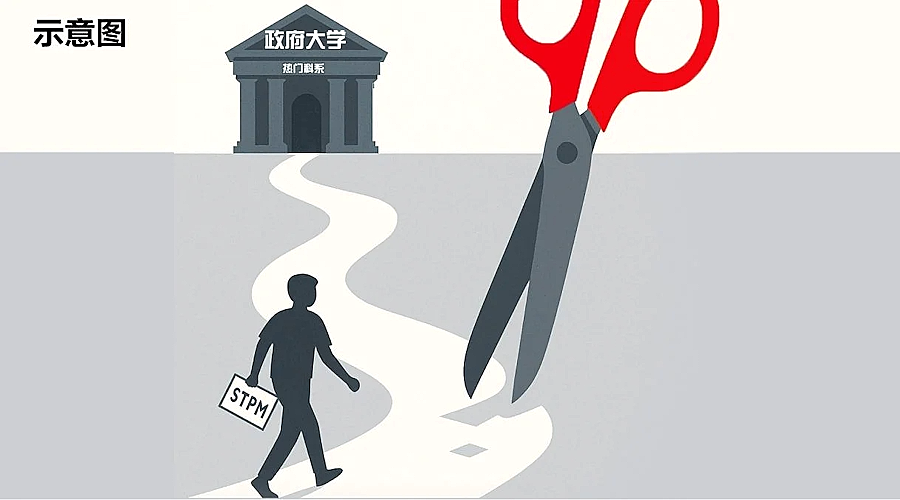
While helping to write one of the articles in the “A confusing path to higher education” series, I interviewed several friends from my hometown.
We had sat for the Malaysian Certificate of Education (SPM) in the same classroom, but after Form Five, we made different choices and took diverging paths in life.
Some were successfully admitted into matriculation programs, taking the fast track to public universities through government-sponsored pathways.
Some remained in local schools to complete STPM, enduring two more years of hard study for a shot at university admission.
Others opted to self-fund their foundation courses or A-Levels, each exploring different routes to a future they envisioned.
In every conversation, we would inevitably ask ourselves:
“What if we hadn’t made that choice back then—would life have turned out differently?”
I believe that if we could simply turn back time, we might still make the same decisions. But if we could return to that pivotal moment knowing how the system truly works, the answers might not be the same.
Following the publication of “A Confusing path to higher education”, the series sparked widespread attention and debate. Deputy Minister of Education Wong Kah Woh publicly criticized the article for citing “inaccurate data,” suggesting it could undermine the government’s credibility and erode voter trust.
It’s true that the data used in our reporting did not come from official sources.
Instead, it was compiled by a volunteer group that has long monitored the admission trends of public universities. While their data may not be perfect, it helps fill a glaring gap left by the lack of official transparency.
The article made it clear that while the data is unofficial and based on limited samples, it still reflects general trends.
We did not cite the data to fuel controversy over the system, but to answer real questions asked by students, parents, guidance counsellors—by everyone striving along the higher education path.
This is the core question : Is the current system truly fair?
Sin Chew Daily acknowledges that it can be criticized for using non-official data, and the public concerns about data reliability. But in the face of long-unanswered doubts, where else can the public obtain answers?
The statistics compiled by the voluntary group were merely the entry point.
The series sought to explore whether hidden inequalities exist in the design of the system, in resource allocation, in the opaque mechanisms that govern admissions.
We interviewed students from diverse educational backgrounds:
– A matriculation student with a perfect CGPA who missed out on a dentistry placement due to low extracurricular scores;
– An STPM student in the first batch under the new three-semester format, who commuted daily across districts for tuition;
– Students who paid hefty fees for private foundation programmes in exchange for the freedom to choose the courses they wanted;
– Others who gave up matriculation offers to pursue studies abroad.
These are not fictional accounts. They are slices of reality shaped by the system.
Though not quantitative data, these experiences are compelling evidence of how policy decisions can shape personal destinies.
At the heart of this controversy is not the data itself, but the reality the data exposes:
Does the higher education system contain a structural bias between matriculation and STPM?
Are admissions into highly sought-after programs genuinely fair? Are Chinese students gradually being sidelined from the main higher education track?
These questions were not created by Sin Chew Daily—they are long-standing “open secrets” that have circulated among students, parents, educators, and within academic circles.
The reporting was never intended as a final verdict.
It was an attempt to bring this long-muted conversation into the public eye.
If the Ministry of Education or the Ministry of Higher Education has more comprehensive data, they are welcome to present it—to explain, to challenge, to respond—rather than resorting to emotional rhetoric.
From debates over an “A-“ is not “A,” to concerns over admissions criteria, to the systemic difference between STPM and matriculation—we believe what’s needed is reform, not finger-pointing.
We understand the sensitivity surrounding education, but blaming a news report for the public’s doubts about the system does little to solve the actual issues.
If anything, it risks diverting attention from the real problems that demand scrutiny.
Greater transparency in educational data is a critical step toward restoring trust and achieving meaningful reform.
Education has never been a race that starts on equal footing—but we can ensure it doesn’t become a hopeless gamble.
In the face of systemic imbalances, every student’s effort deserves respect. Every aspiration deserves acknowledgment.
If the government is willing to release more comprehensive data, we will continue reporting on it.
And if, one day, a fair and unified evaluation system exists between matriculation and STPM, we will be the first to applaud it.
That is the original intention behind writing “A confusing path to higher education.”
ADVERTISEMENT
ADVERTISEMENT








